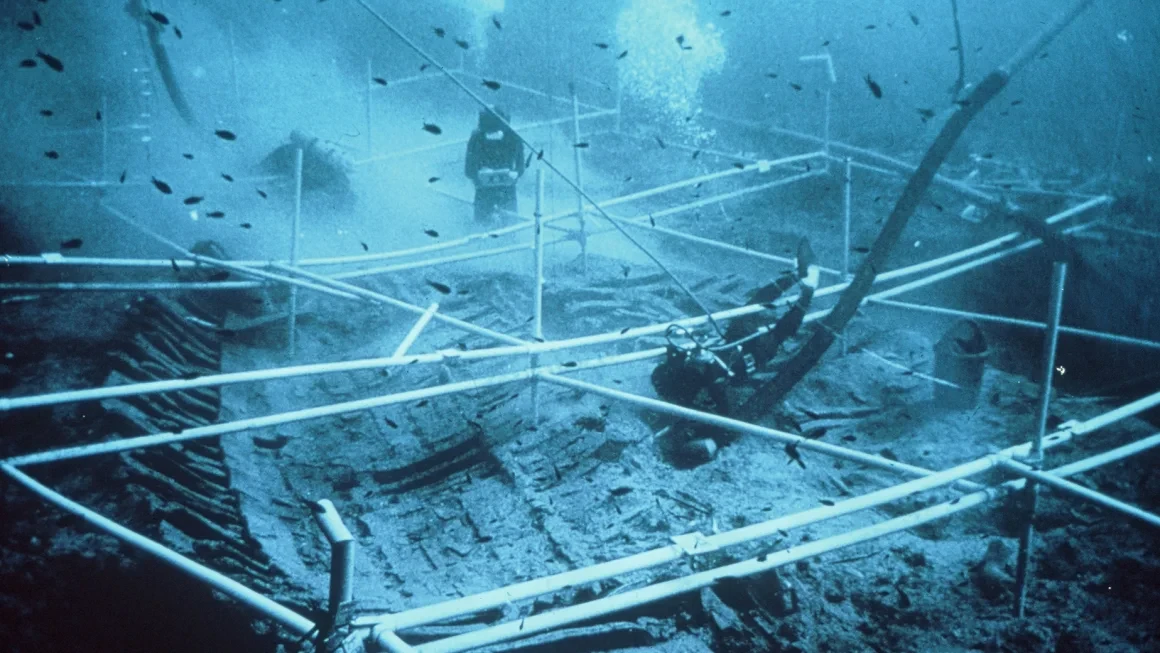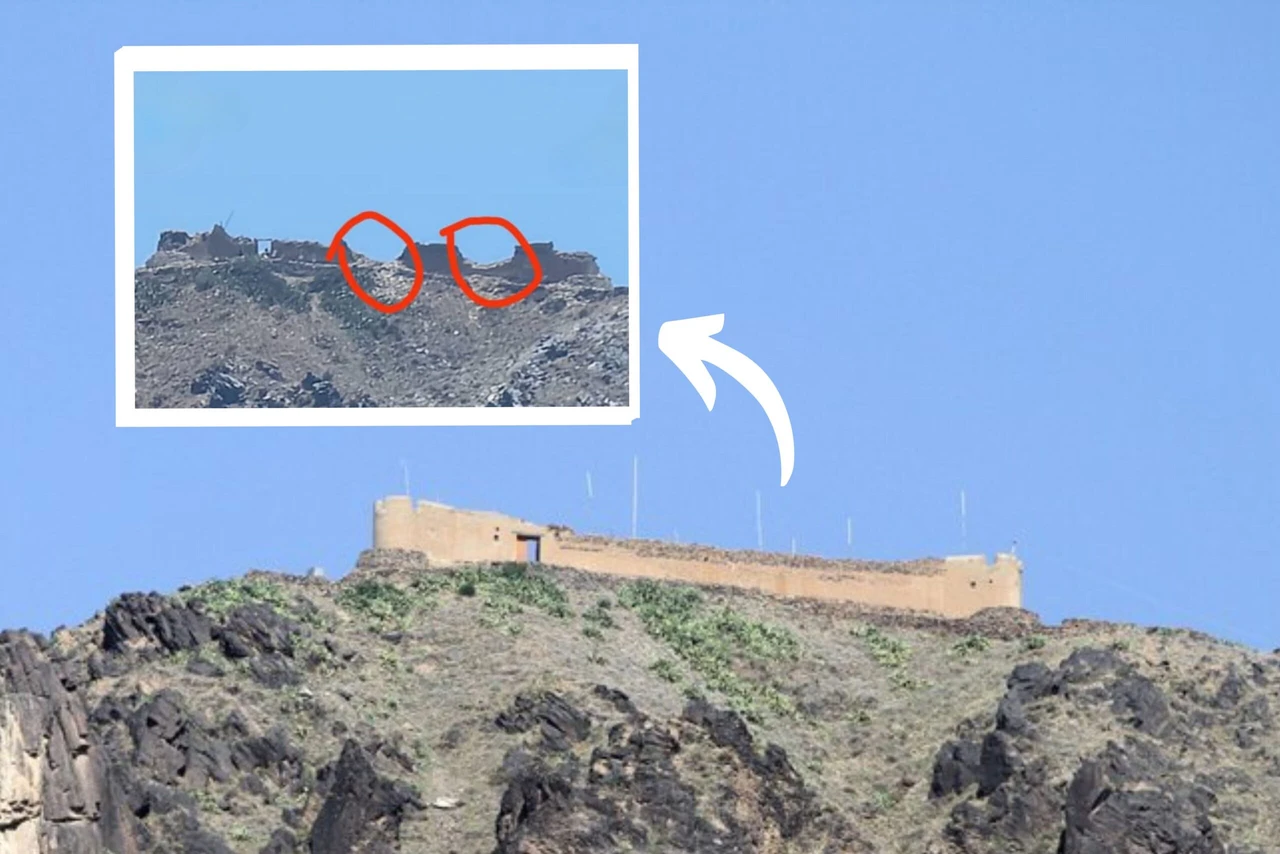Cyprus’ Kyrenia shipwreck: 2,000-year-old mystery solved
 Kyrenia Ship Hull during excavation in northern Cyprus, Turkish Republic of Northern Cyprus. (Courtesy of Kyrenia Ship Excavation team)
Kyrenia Ship Hull during excavation in northern Cyprus, Turkish Republic of Northern Cyprus. (Courtesy of Kyrenia Ship Excavation team)
In 1965, a diver searching for sponges off the coast of Cyprus discovered a significant shipwreck. This Hellenistic period merchant ship, now known as the Kyrenia ship, carried a cargo of wine and almonds.
Archaeologists brought it to the surface and began detailed studies, revealing vital information about ancient Mediterranean trade and shipbuilding.
Recent advancements in scientific analysis have enabled researchers to more accurately date the Kyrenia shipwreck. They analyzed almonds and wooden timbers from the ship using radiocarbon dating and dendrochronology. These analyses determined that the ship likely sank between 286 and 272 B.C.
Overcoming conservation challenges of Kyrenia shipwreck
Researchers faced a significant challenge in dating the ship’s wood due to the conservation treatment applied in the 1960s. Conservators had used polyethylene glycol (PEG) to prevent the wood from deteriorating.
However, PEG introduced modern carbon into the samples, complicating radiocarbon dating. Researchers developed a new method to remove PEG, allowing for more accurate dating of the wood.
Brita Lorentzen, an anthropologist from the University of Georgia, emphasized the importance of this breakthrough. She said, “Adding polyethylene glycol prevents the wood from drying, shrinking, and turning to dust outside of water. But it also contains a lot of carbon from petroleum and long-dead organic remains.”
Radiocarbon dating of shipwreck near Cyprus
The revised radiocarbon calibration curve, AMSAdjustedIntCal20, played a crucial role in this study. The previous IntCal20 calibration curve did not align well with the archaeological constraints of the Kyrenia ship.
The new calibration data, derived from known-age tree-ring samples, provides a more accurate timeline, aligning the radiocarbon dates with the archaeological evidence.
Researchers successfully dated the wooden samples and cargo, confirming that the Kyrenia ship sank between 286 and 272 BCE. This precise dating helps to understand the timeline of Hellenistic maritime activity.
The ship’s contents, including the almonds, offer valuable insights into the trade practices of the era. Brita Lorentzen highlighted the significance of these findings: “A shipwreck’s contents tell us what products were exchanged, where and how people traveled by sea, and which groups interacted, impacting early social and economic networks.”
The cargo suggests an active trade network in the Mediterranean during the Hellenistic period, with the Kyrenia ship playing a vital role in commerce.
Future research on the Kyrenia ship
The new calibration data have broader implications for other ancient shipwrecks. For example, the Mazotos ship, another Hellenistic merchant vessel found off Cyprus, will benefit from these refined dating techniques.
This improved accuracy in radiocarbon dating enhances the reliability of archaeological timelines, offering clearer insights into ancient maritime history.
Mark Lawall, a classicist from the University of Manitoba, explained why the researchers succeeded in dating the ship while others failed. “Radiocarbon dating and dendrochronology have grown, developed, and refined their results over decades,” he said. “Science improves over time with a lot of hard work. It takes time and needs time.”



